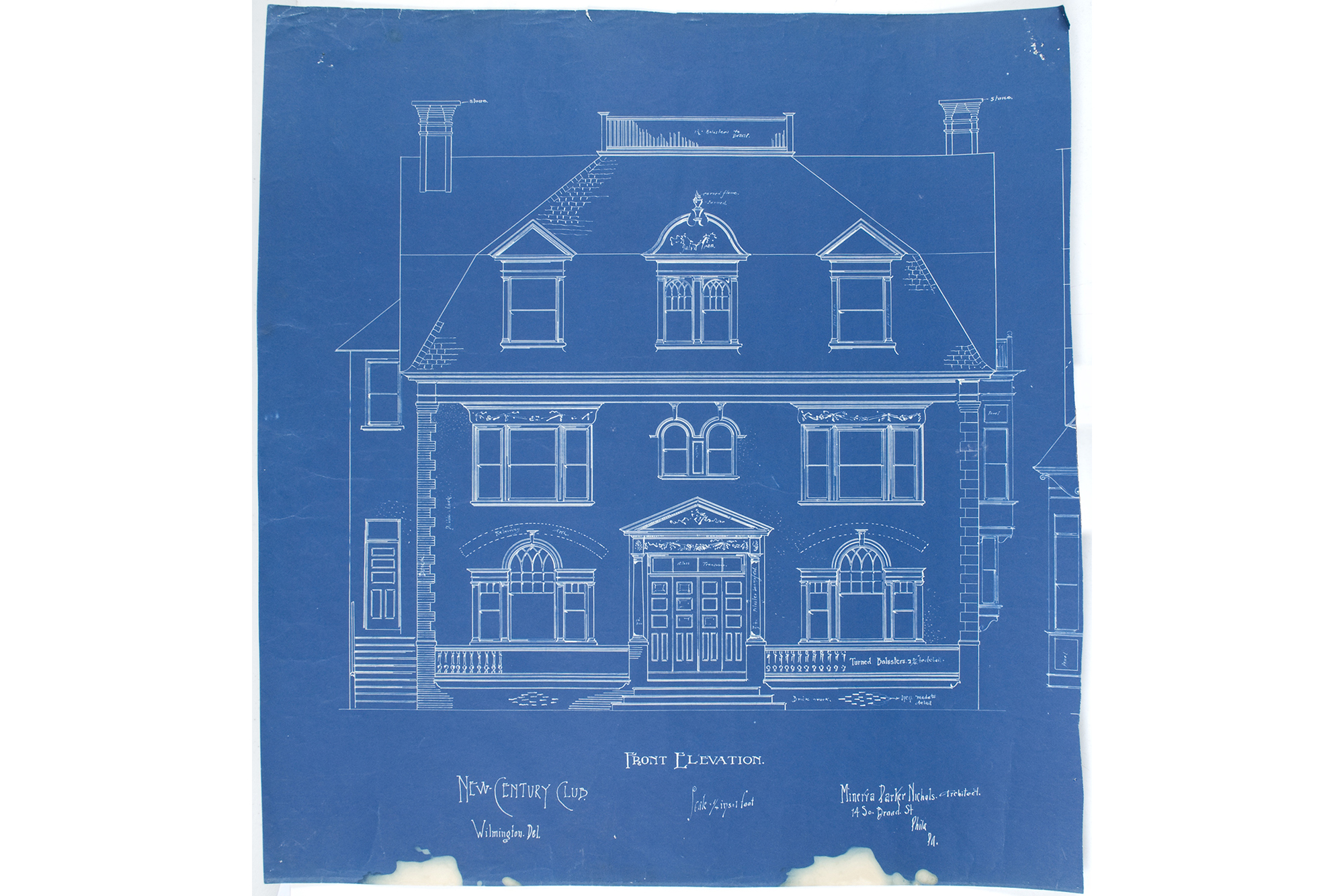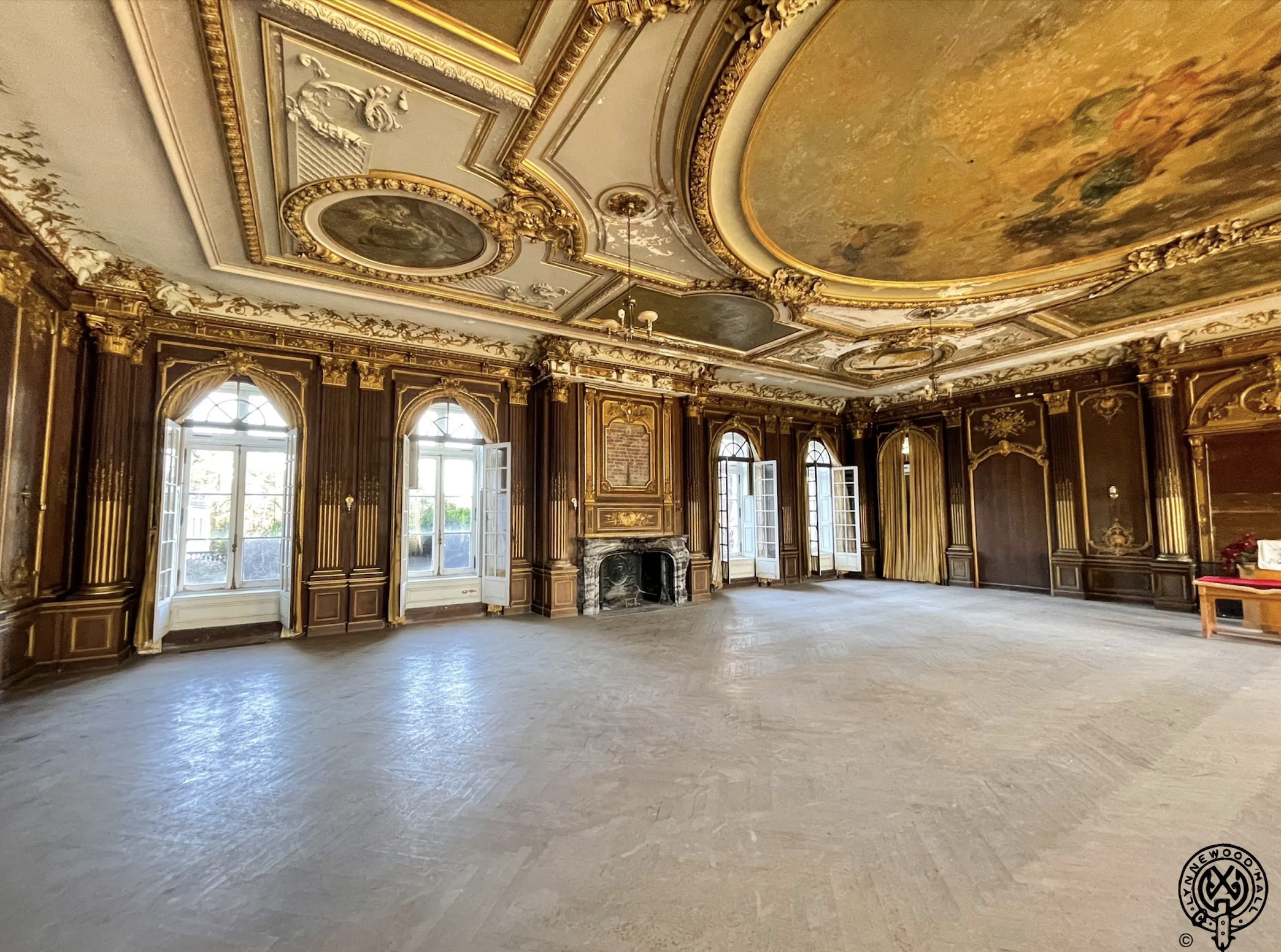philadelphia history
The Secret Life of Buildings: Reading Terminal Market
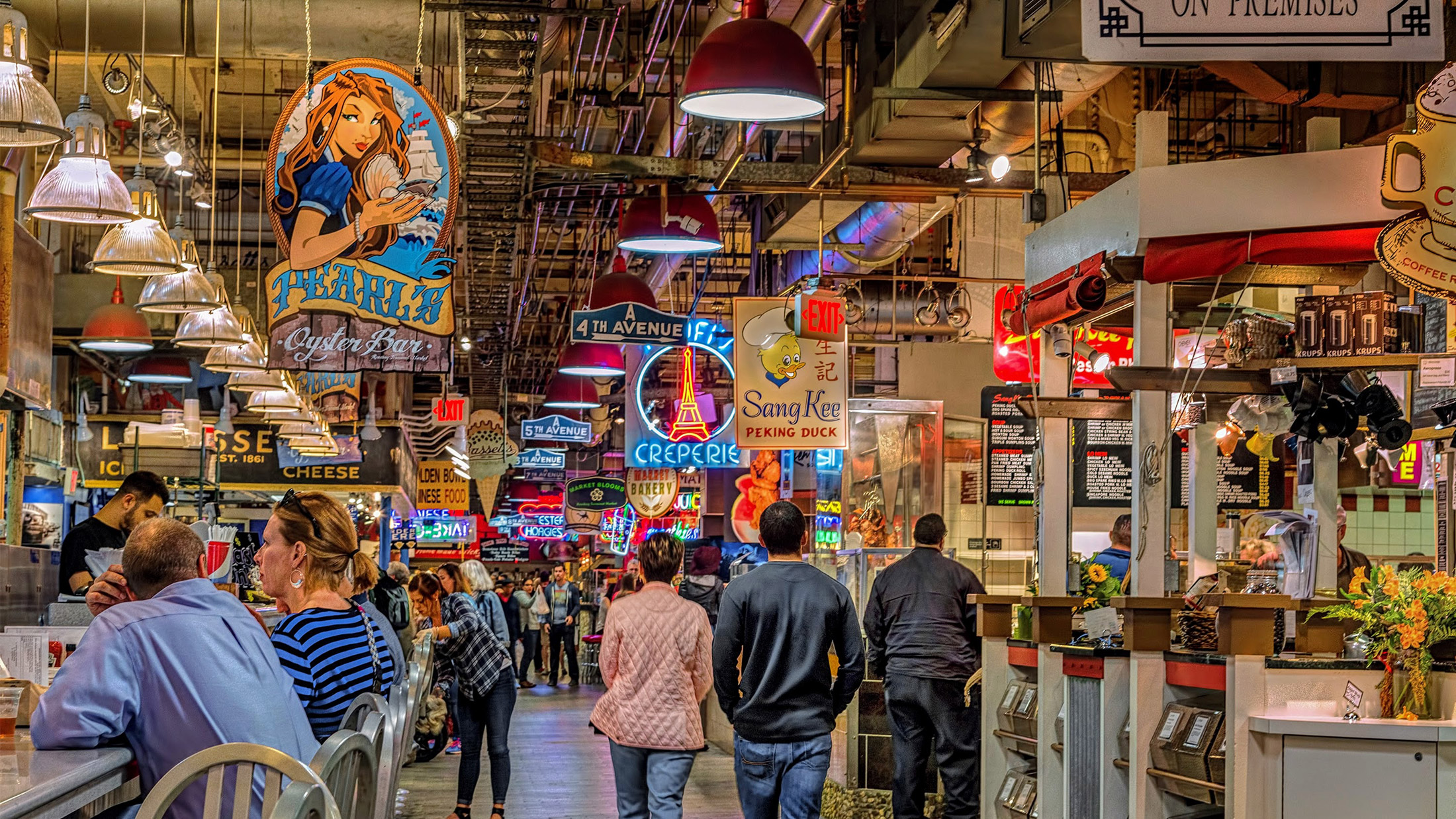
According to the Philadelphia Visitors Bureau, the most popular Philly tourist destinations are Independence Hall, the Liberty Bell, and Reading Terminal Market. What lures 6 million visitors a year to this historic marketplace at 1136 Arch St., putting it on par with Les Halles in Paris, the La Boqueria in Barcelona, and Pike Place Market in Seattle? We took our curiosity to the history books to find out.
History
Since the founding of the City in the 17th century, street vendors hawked produce and meat all along High St. (now Market St). By the middle of the nineteenth century, the string of market sheds had become six blocks long and was falling into disfavor by the public and disrupting traffic. In 1859, most open-air markets (The Italian market survives today) in the city center were dismantled due to health concerns.
It was then that two main markets sprang up on the 1100 block of Market Street, known as the Farmers’ Market and the Franklin Market. They would have a 30-year run as open-air markets until 1892 when the Reading Railroad constructed the Reading Railroad Station at 12th & Market. Designed by F. H. Kimbal in the Italian Renaissance style, it had brick walls with cast-iron columns and timber floors. Interior finishes include molded ornamental plaster and marble with cast-iron detailing.
When the street vendors from the Farmers’ Market and the Franklin Market refused to relocate for a new building, The Reading Railroad agreed to erect an indoor market beneath the train shed and tracks, which would become the Reading Terminal market. When the station opened in 1893, it was one of the largest single-span arched-roof structures in the world.
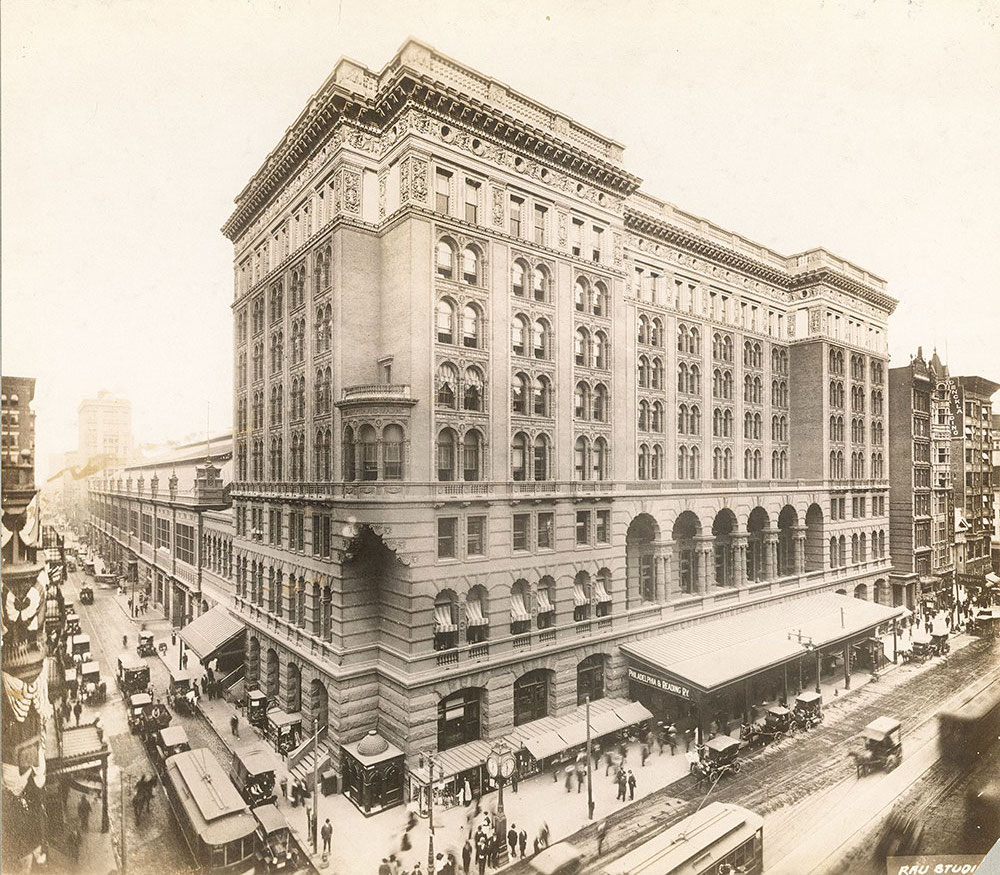
The new Market was approximately 78,000 square feet and vibrated with the sound of trains overhead. The market was organized in a grid pattern and had sawdust on the floor to absorb spills and moisture rising from the vast cold storage facility in the basement. By 1913 the Market was booming, with 250 food dealers and 100 farmers occupying its stalls. In a precursor to Amazon, suburban housewives could call in their grocery orders which would be delivered to and held at their nearest train station.
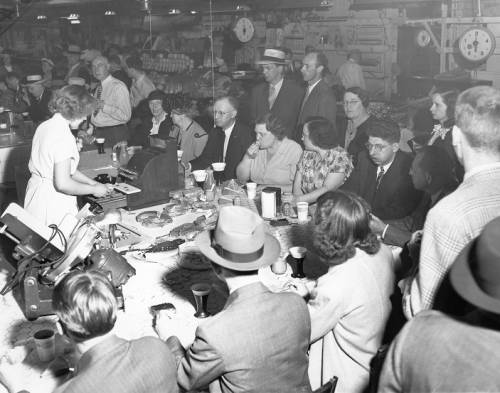
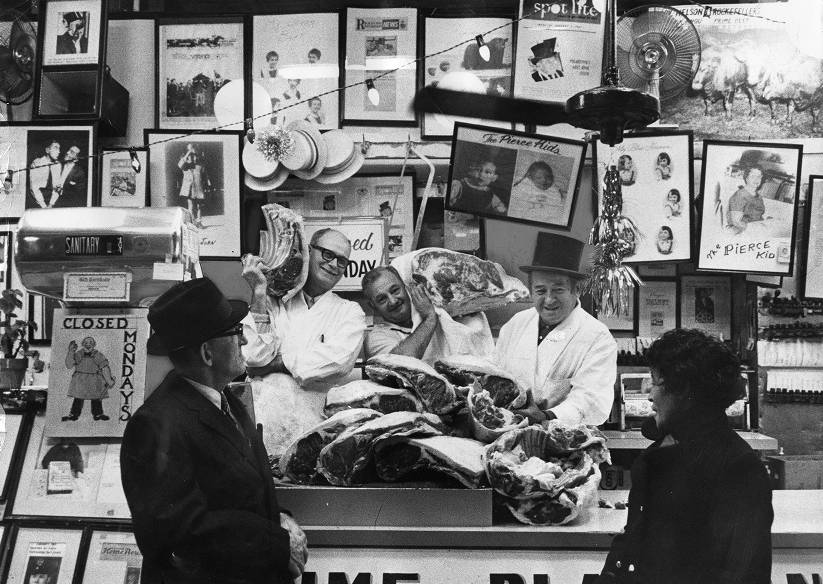
By 1931, Reading Terminal Market was the largest market under one roof in the country. Somehow, it managed to survive the Depression. But suburbanization, the increase in automobiles, the decline of railroads, and the rise of supermarkets and frozen foods in the 1950s and 1960s hurt business. Reading Railroad declared bankruptcy in 1971 and in 1984 the last train left the Reading Railroad Terminal ringing the death knell of the market. Or so it seemed.
When the Pennsylvania Convention Center Authority purchased the Reading Terminal Market in 1990, they secured $30 million in public funding to upgrade the Market’s infrastructure and freshen up the interior. Today, one of America’s largest and oldest public markets is also one of the nation’s most successful with more than 80 merchants and independent small businesses, including a winery, beer hall, and a craft distillery. In 2014, the American Planning Association named Reading Terminal Market one of the 10 Great Public Spaces in America.
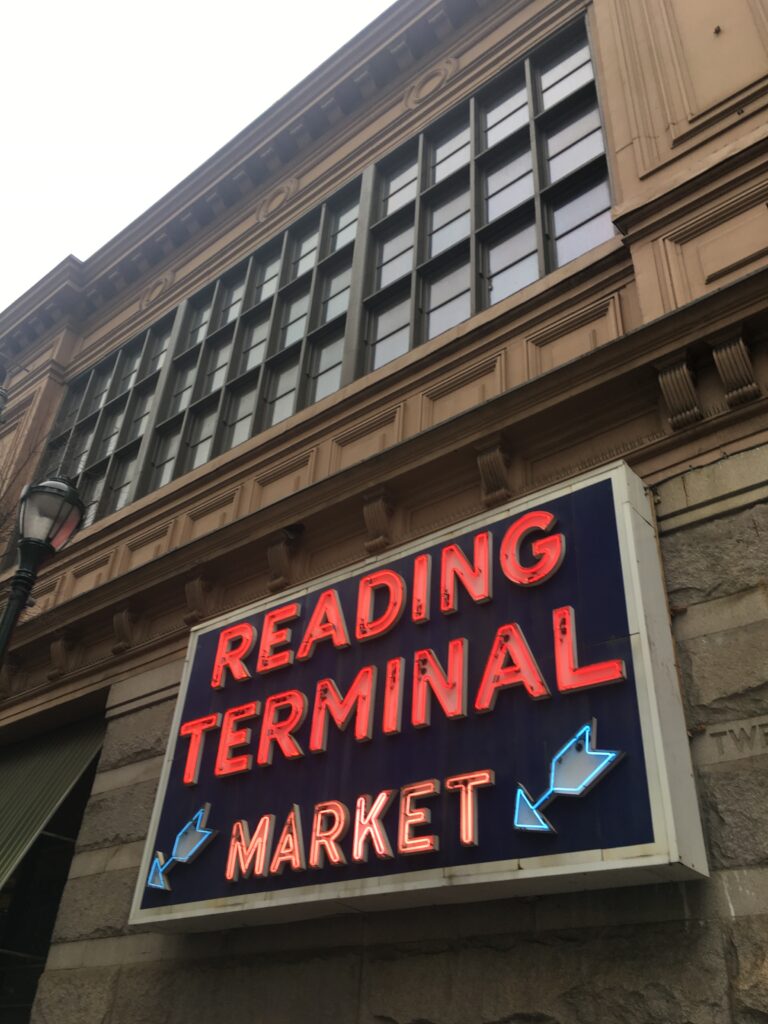
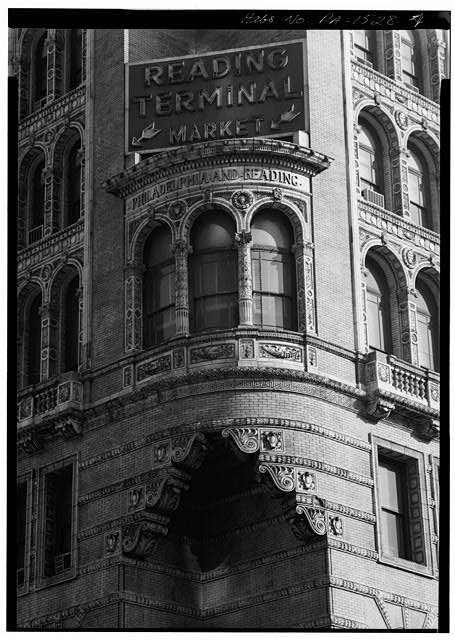
Foodie Paradise
Enter Reading Terminal Market at lunchtime and every aisle is jam-packed with tourists and locals trying to decide between DiNic’s famous roast pork, hot corned beef at Hershel’s, or seafood chowder at Pearl’s Oyster Bar. Dessert lovers are equally torn. Will it be Beiler’s Doughnuts, Basset’s Ice Cream, Termini Brother’s Cannoli, or Famous 4th St Cookies? Keep in mind, these are only a few of the many eateries offering: Thai, Italian, Caribbean, Greek, Asian, Vegan, Southern, Amish, Middle Eastern, and Cajun fare. And the ubiquitous cheesesteak!
The northwestern side of the market houses the Pennsylvania Dutch eating place and mostly Amish vendors from Lancaster County. Stop by Wednesday through Saturday to stock up on fresh farm products or enjoy their distinctive soft pretzels, pies, apple dumplings, and more.
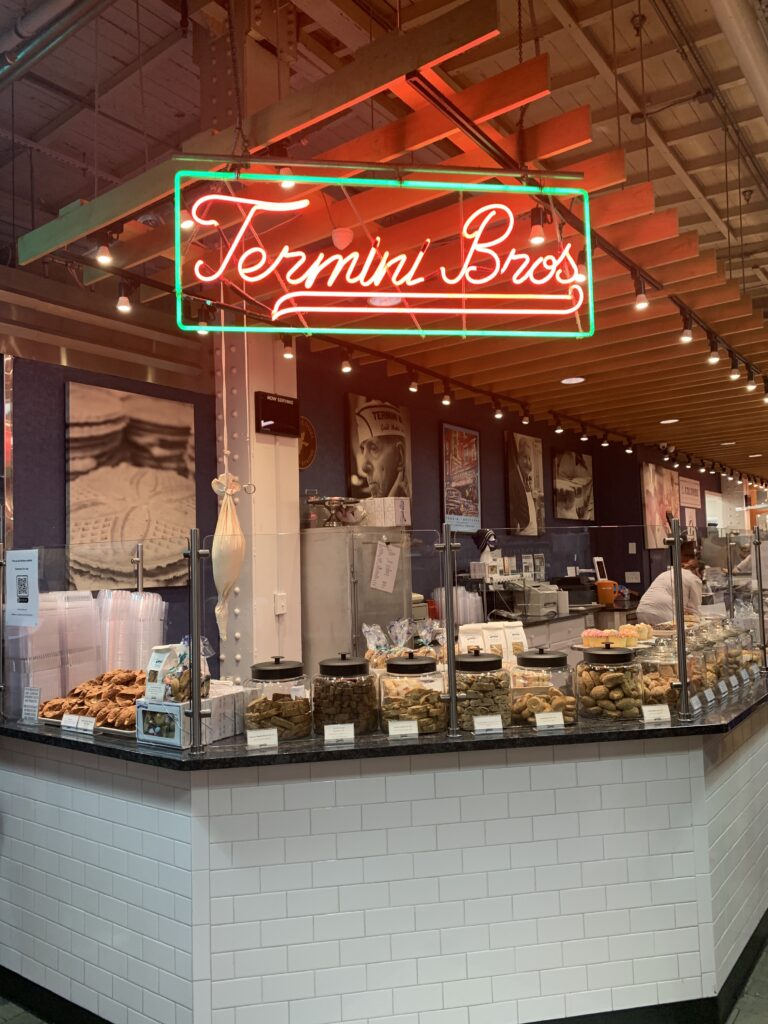
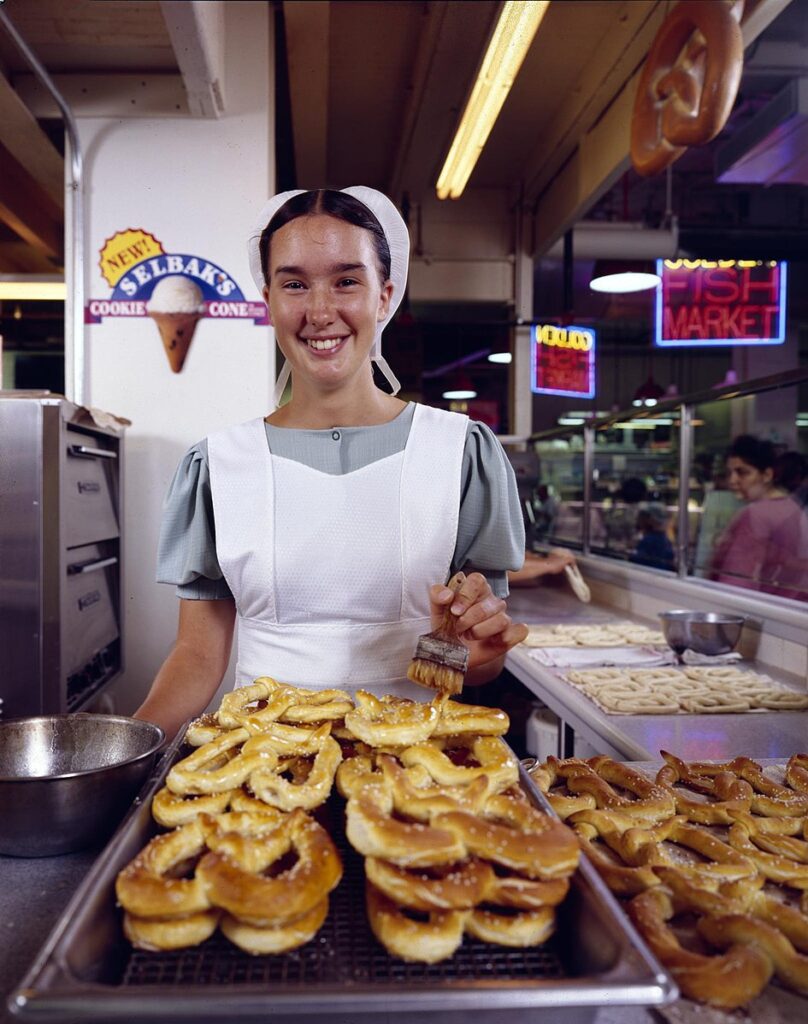
After making your selection, head to tables in the center of the market. If you prefer waitress service in a quieter setting, head to the Downhome Dinner for all-day breakfast, burgers, fried chicken, beer, and wine.
This is also where price-conscious shoppers come to stock up on fresh produce, seafood, meat, and spices for home cooking. At Contessa’s Fresh Linens you’ll find everything for the well-dressed kitchen and dining room, plus handmade children’s clothing. Check out African jewelry and crafts at De Village and international jewelry at Amazulu.
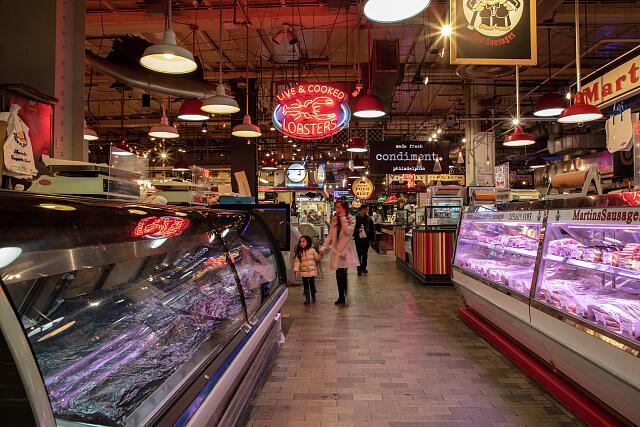
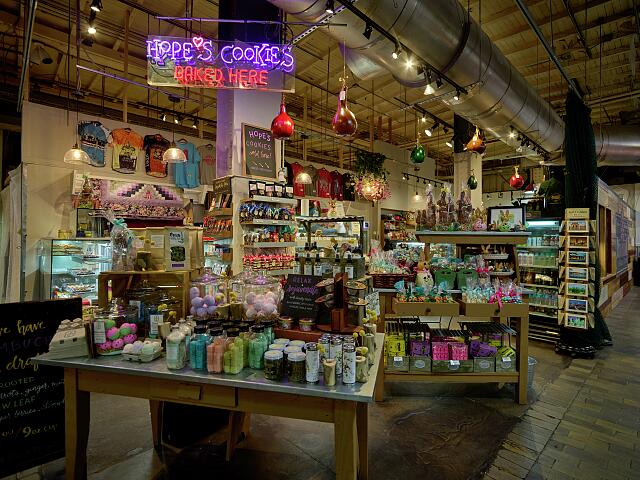
The variety at this Philadelphia landmark is just one of the reasons agents Deborah Solo, Alejandro Franqui and Rebecca Nichols-Franqui all list Reading Terminal Market among their favorite places in the city. “This is such a Philadelphia institution and it represents what I love so much about our city. The communal experience of buying and enjoying multi-ethnic food in a historic building displays our diversity, culture, and vibrancy,” Deborah shared in our article on 5 Reasons Philadelphia Is A Great Place To Live.
The market is open daily from 8 a.m. to 6 p.m. Phillys Food Tour offers tours at 10:30 a.m. and 2:30 p.m. Bring your appetite, friends, and your reusable shopping bags!






